HCL Foundation announced the recipients of the HCL Grant in February this year. Such awards not only provide monetary impetus to the amazing work of these organisations but also highlight the quiet yet transformational efforts of individuals who have dedicated their lives to their chosen causes.
MAHAN Trust was one of the three finalists in the healthcare category. The trust was founded by Dr. Ashish Satav who has been working tirelessly along with his wife, Dr. Kavita Satav, for the last 25 years in one of the most difficult tribal regions of the country. While both individuals are certified medical doctors, they have successfully integrated their knowledge in modern medicine with factors like nutrition from locally grown produce, education and awareness, mental health and counselling, meditation, de-addiction, etc. which makes their approach not only holistic but also scalable. The quality and magnitude of their work has not gone unnoticed. But despite the array of international awards and government felicitations, the couple is nonchalantly carrying on with their mission of improving the overall quality of health and healthcare in tribal areas of Maharashtra.
In this interview with The CSR Universe, Dr. Ashish Satav, President- MAHAN Trust, talks about his inspiring work, his take on the biggest health issues in tribal areas and the most suitable strategies and interventions to tackle those issues.
Q. MAHAN Trust has a formidable list of awards and felicitations. How far have these recognitions strengthened the organisation’s prospects in terms of collaborations or funding?
A. Awards and felicitations have increased credibility of our trust. Many individuals are supporting MAHAN because of our credentials. Awards like WHO, ICMR, Save The Children etc. definitely help in making our work known to a much wider audience. It increases the confidence of supporters and funders.
Q. Please tell us a little about being a finalist for the coveted HCL Grant. Do you plan to utilise the grant for any specific project or initiative?
A. Our top priority would be to use this grant for reducing deaths of people in economically productive age group in tribal areas. In Maharashtra, 62% of the population (over 65.10 lakh people) are in the economically productive age group which is 16-60 years. The mortality rate in economically productive age group of tribal areas in the state is more than 400 per lakh population per year. This means more than 26,040 people of this age group are dying every year in tribal belt. If we extrapolate the data to all India tribal areas, then 200000 premature deaths in 16-60 years age group are occurring every year. We will also work towards reducing blindness among poor tribal people.
Q. You would be aware of the CSR Act passed in 2013. Have you noticed any noteworthy change in funding received by your organisation since the Act came into play?
A. In case of our organisation, we have seen an increase in our CSR funding.
Q. You have been working in tribal areas of Melghat for 25 years. What were the biggest challenges you faced when you started and what are the biggest challenges today?
A. When I started working in this region, the first and foremost challenge was finances. We did not have the means to build a medical facility, buy equipment or hire people. The area lacked even basic infrastructure. It was a difficult time, I turned to yoga and meditation to build mental and physical strength to survive in this terrain and move with conviction on the path I chose. Now, even though we have covered a lot of ground, there is still a lot to be done. For me personally, the scarcity of time is the biggest constraint. It is also difficult to find technical manpower to implement many good programs.
Q. Your website says yours is the only NGO working in this area. Why do you think other NGOs and development agencies have failed to reach this region?
A. MAHAN is the only NGO in Melghat which is using an integrated holistic approach in the form of hospital and community based preventive, promotive and curative health and nutritional services. This is coupled with research, activism, advocacy and public interest litigation to improve health and nutritional status, reduce malnutrition and deaths of tribal populations. In the beginning ours was the only NGO working in health and nutrition. Now other NGOs are also working.
Q. How are the public health institutions performing in your area?
A. Not so good.
Q. Have you collaborated with any civic and local bodies for your work? How was your experience?
A. We are running a Counsellor Program for strengthening 17 government hospitals for the past 16 years along with 4 voluntary organisations. It was a quite good experience as we are the key players supported by honourable high court.
Q. What kind of shifts do you notice in the communities you work with in terms of health awareness and education?
A. We have noticed significant positive shifts in the community in terms of health awareness, education and health seeking behaviour of tribals. The Counsellor Program mentioned in the previous answer is also an important step in this direction.
Q. As a doctor, what do you think are the biggest health concerns that tribal and rural communities face today? In your opinion, what would be the best course of action to manage the same?
A. The biggest health concerns that tribal communities face today are malnutrition and deaths of people in 0 to 5 years and 16-60 years age group. Malnutrition in tribal areas of India is more than sub-Saharan Africa.
The first step would be to find out the precise and factual status of sever undernutrition and mortality rates of children (0-5years) and people in economically productive age groups. There are many measures which can and must be taken to improve health status of tribals in India. These include home based child care, community based management of severe undernutrition, mortality control program for economically productive age group, counsellor program for strengthening of government hospitals, behaviour change communication (BCC) for health and nutrition, a formal policy for doctors availability- affiliation of tribal regions with medical colleges, public private partnerships in health sector and encouragement to kitchen gardens and nutrition farms. We are already working on many of these measures, like kitchen gardens and nutrition farms.
Q. Urban populations are witnessing a rise in lifestyle diseases and mental health issues. Does this hold true for rural and tribal populations as well?
A. Yes, these issues are on the rise in tribal areas as well. It is unfortunate but suicide and cardiovascular diseases are a major cause of mortality in our area. Hypertension is a major health issue.
Q. In your opinion, what steps could be taken at the policy level to strengthen the overall health ecosystem for tribal, rural and economically weaker sections?
A. For tribal areas, we need measures that are acceptable (tribal friendly), accessible, achievable, affordable and safe, hence replicable. We have recommended four specific interventions to improve the health status of tribal areas. These are:
- Home Based Child Care Program- This involves treatment of under 5 children by Village Health Workers (VHW). Doctors are not available most villages and parents are reluctant to hospitalize small children, so trained ASHA/VHW can treat those children. Home based Neo Natal Care should also be included in the program.
- Community Based Management of Severe Acute Malnutrition (SAM) and Severe Under Weight (SUW) through Locally prepared Therapeutic Food (LTF)- LTF has shown recovery rate of 75% of SAM and 45% of SUW with case fatality rate of less than 1%. Our results are comparable with WHO and International Sphere Standard.
- Counsellor Program- This would go a long way in improving health seeking behaviour among tribals. The counsellors- local tribal youths (male and female)- can act as a communication channel between hospital staff and the tribal community. It also acts as an external monitoring agency. This is must to increase the number of hospital deliveries, hospitalisation of severely malnourished babies and patients coming to hospitals as well as to improve the health facilities in hospitals.
- Mortality Control Program for Economically Productive Age Group- This includes specific policy framing to address the problem, identification of cause of death through verbal autopsy, community based management through ASHA, revision of national TB control program and de-addiction centres for tobacco and alcohol.
We also need correct reporting and figures on severe undernutrition, mortality rates and morbidity. Verbal Autopsy (VA) and Minimal Invasive Tissue Sampling (MITS) can help immensely to address this issue. We have published a detailed report in collaboration with doctors, government departments and international development agencies titled ‘The health problems of tribal in India and recommendations for its improvement’. Anyone who wants to understand this issue can read it.
Q. Would you like to give any advice to development professionals working in domains similar to yours?
A. Replicate our programs, follow our recommendations mentioned in the previous answer. When working for poor tribal communities, one needs to dedicate their lives for the cause with a spirit of selfless service, keep scientific vigour and play the role of an activist whenever needed.



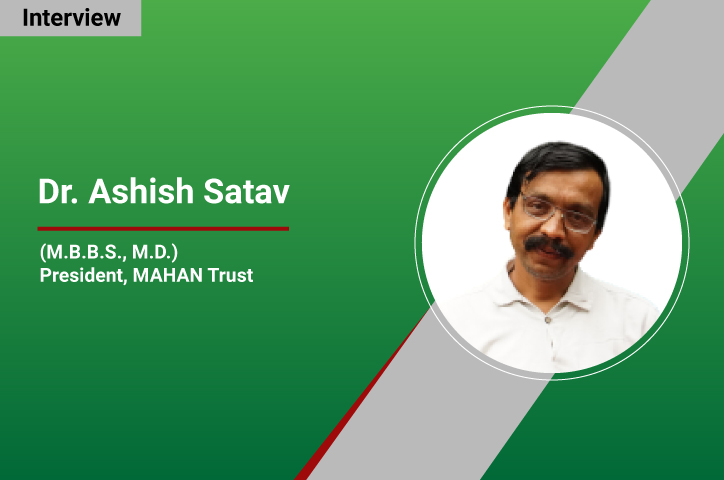
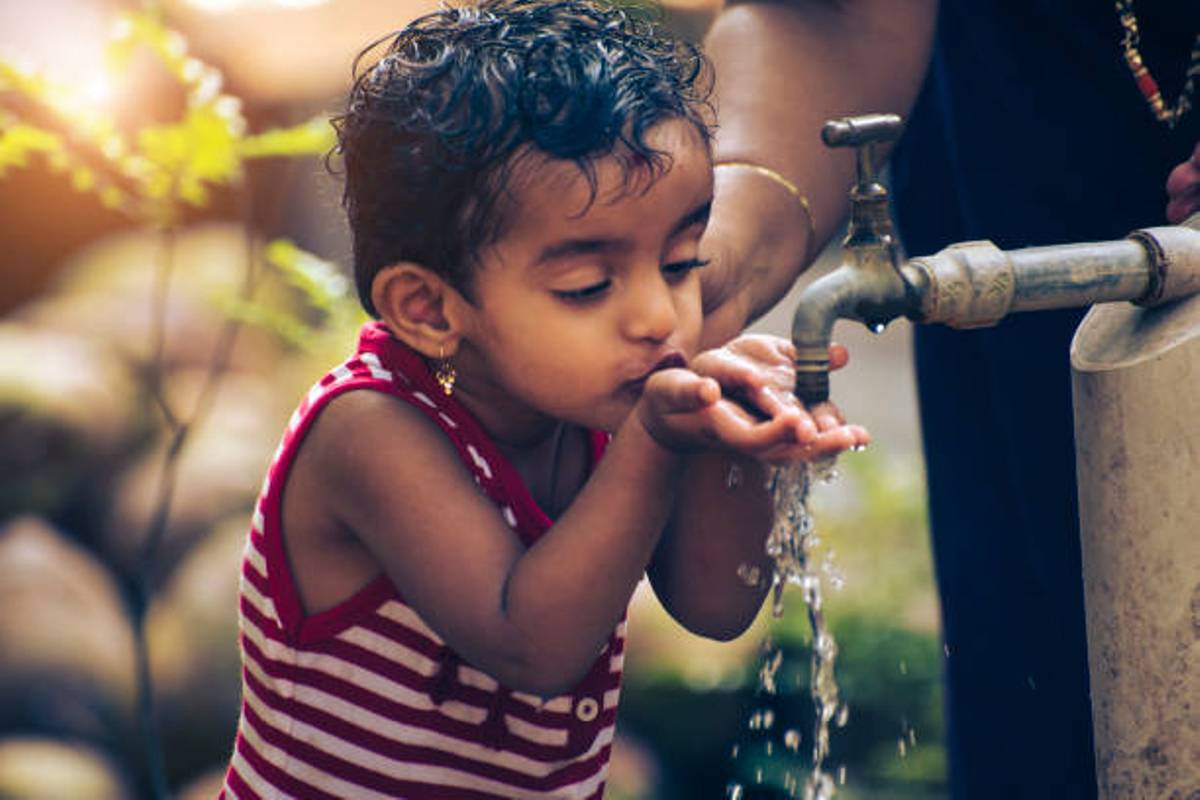
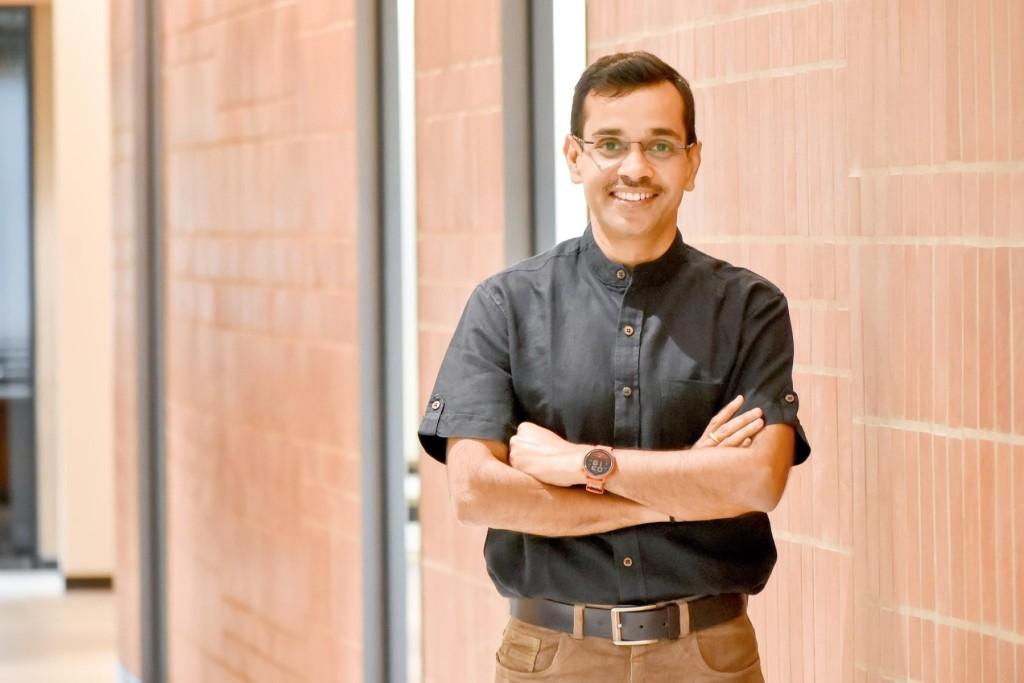

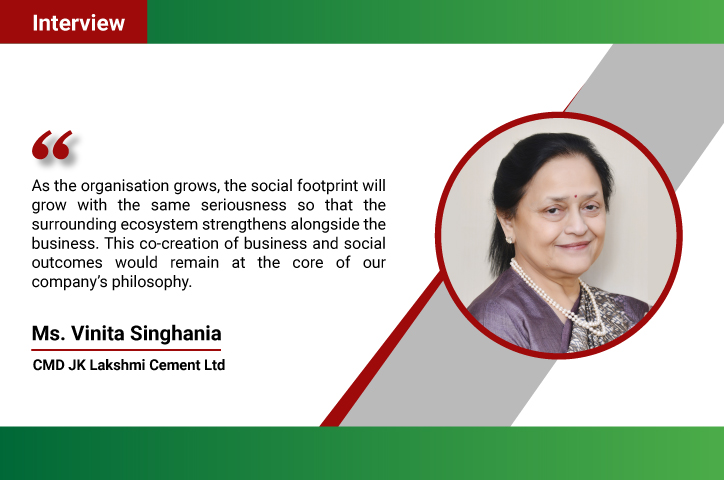
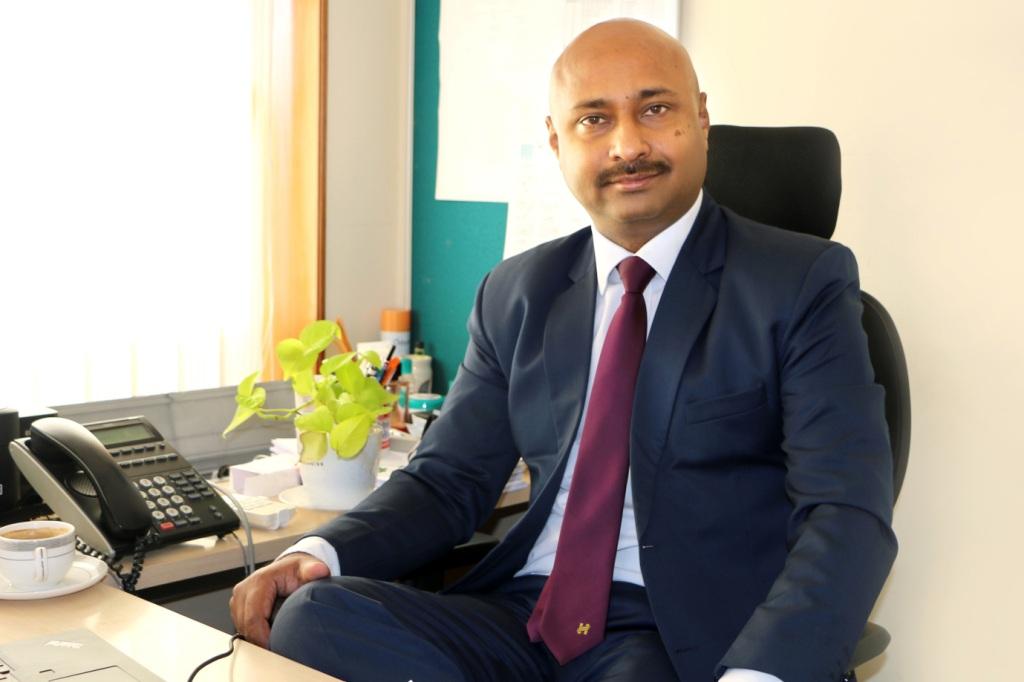
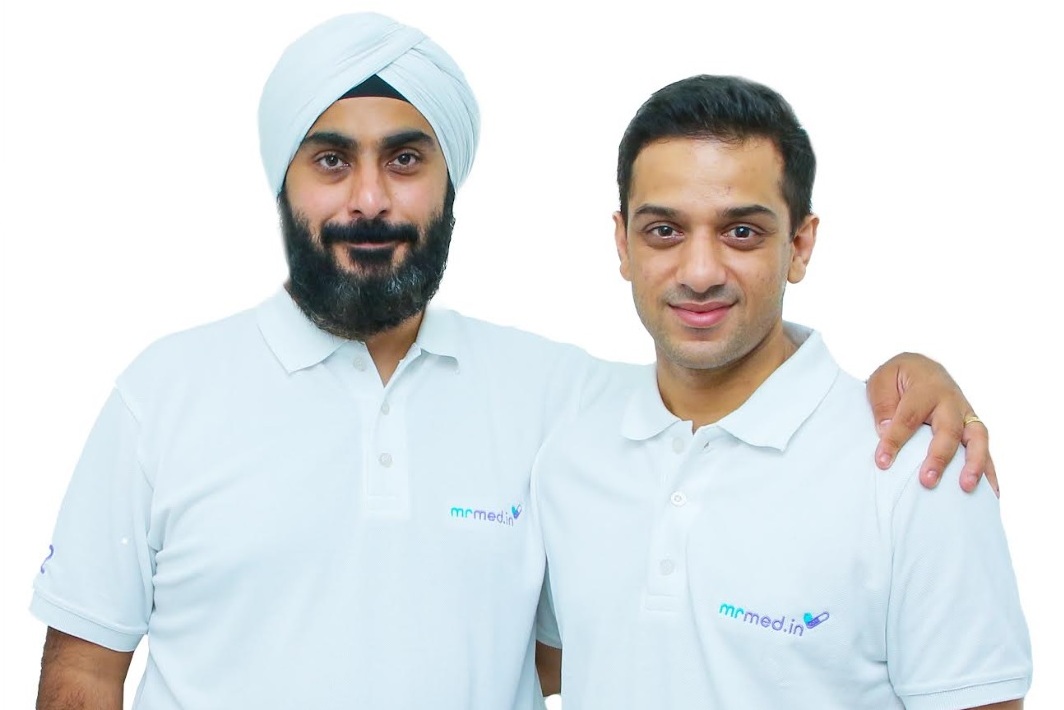
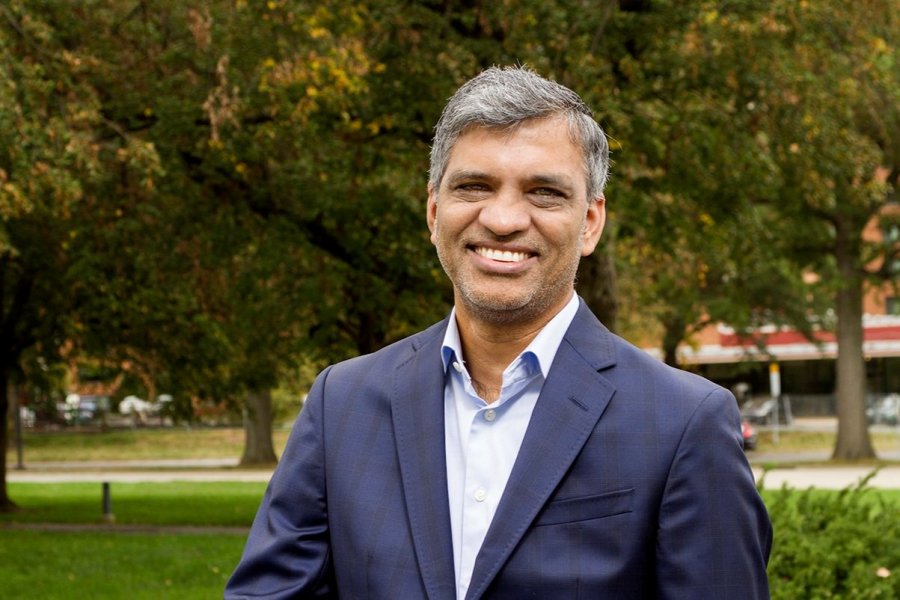


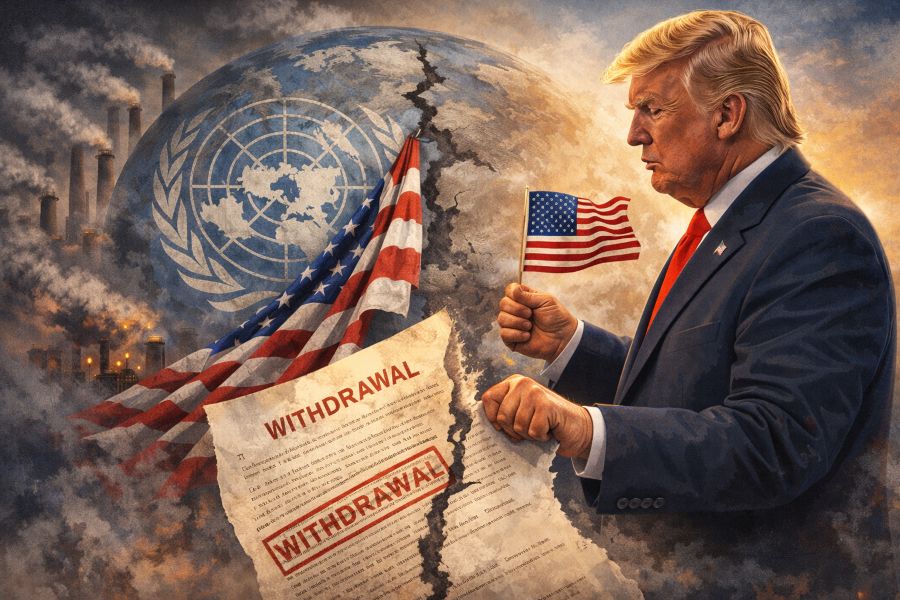
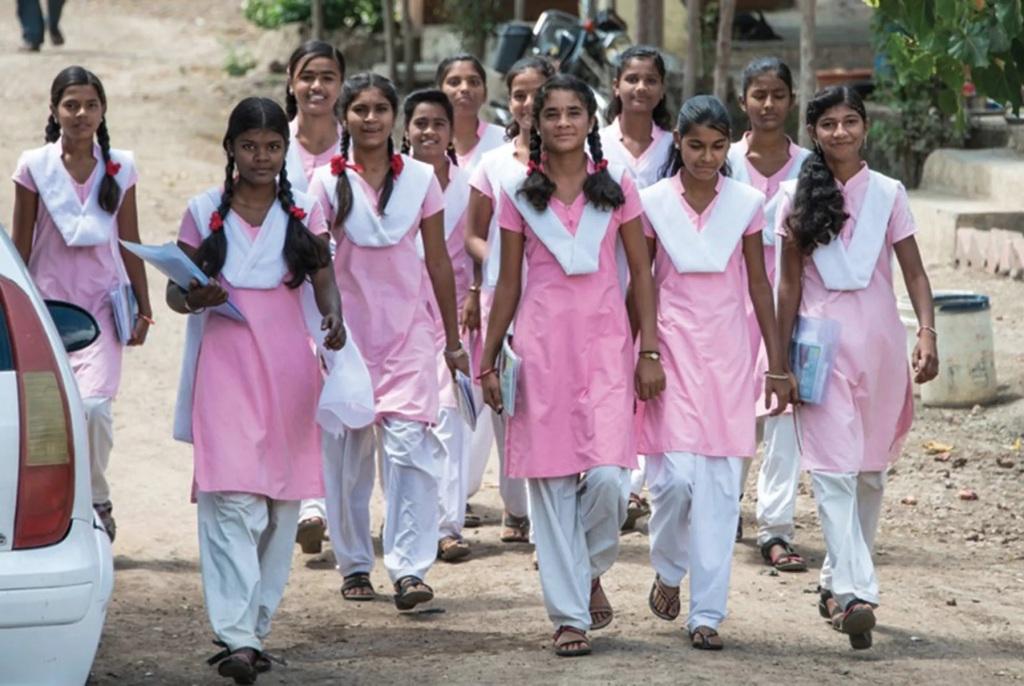

.jpg)




